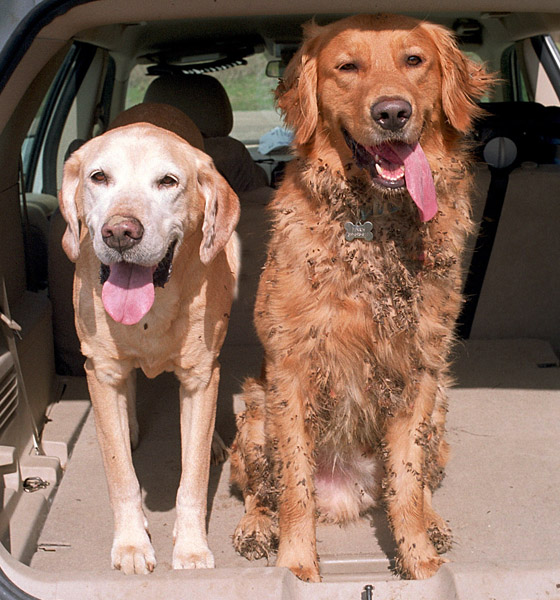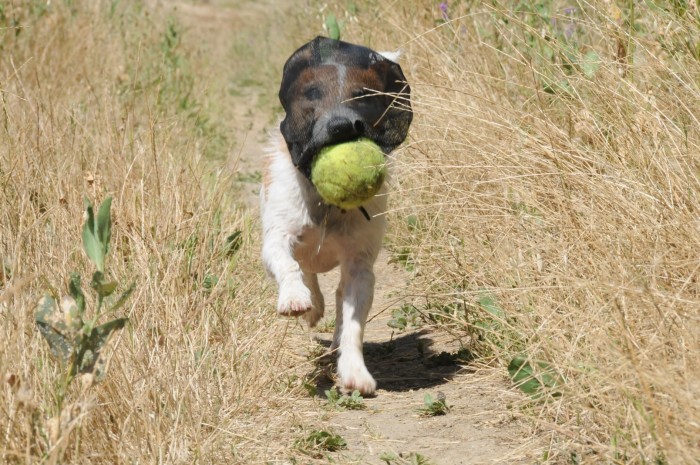Guide And Symptoms To Watch For If Your Dog’s Nose Bleed
Guide and help your dogs from getting nose bleed, they will thank you for it.

Dogs don’t normally get nose bleed because of little bumping like people do, but if their nose started to bleed without you knowing it, this should be taken seriously.
There are common factors of nose bleed for dogs and here are some causes of it:
- Foreign Body In Nasal Passage
Common types are foxtails, blades of grass, and burrs – these tiny plants may seem gentle but can be harmful to your dogs especially if they inhale it. Keeping them away from it is the most preventive thing to do, remove those plants outside your houses or simply put a fishnet bag to your dog’s head if going outside. 


- Nasal Mites
They may cause sneezing spells and irritation to nose, may infect the nasal passages of dogs but rare.
- Rodenticide Poisoning
These are products used to k!ll rats and mice but sometimes dogs may accidentally eat it thinking it to be their “dog food”. This is a serious case and depends on the amount of product ingested. Activated charcoal is recommended if your dog is poisoned. 
- Platelet Disorders
These small protein-containing cellular fragments play an important role in clotting by clumping together and forming a plug. It can be determined by the veterinarian himself.
Also known as Epistaxis, here is a guide on how to determine your dog’s condition:
- Bleeding directly from the nose is NOT a normal condition for dogs and this may occur in one or both nostrils. It starts with sneezing and blood traces in nasal discharges.
- Remain calm and steady, your dog would sense that there is something wrong if you panic and worry.
- Keep your dog calm and safe, you may not want him to increase his blood pressure resulting in increase of bleeding.
- Apply ice pak to the bridge of the nose and not directly onto nostril.
- Check his gums under the lips to see if there’s blood in his mouth, and his gums are pale. If there is, transport to the veterinarian immediately!
